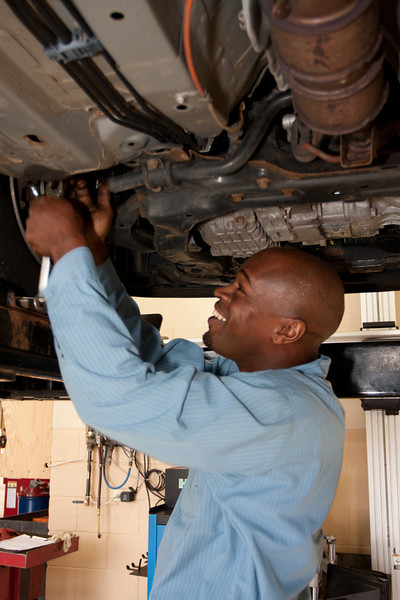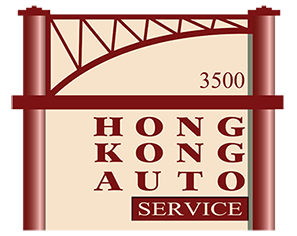How to save big with a little preventive maintenance
Question: I change the oil in my car every 3,000 – 3,500 miles, and I regularly have the tires rotated. But then I hear auto experts like you talking about “properly maintaining my car.” What kind of car maintenance is required beyond oil changes and tire rotations, and do I really need to spend the money on it?

The same can be said for your automobile. Routine maintenance helps to prevent bigger, costlier repairs, keeps you out of the repair shop with unexpected breakdowns, and prolongs the life and value of your vehicle.
But don’t just take our word for it. Consider this: “If you don’t maintain your car, you’re taking a vehicle that might have been driven for 200,000 miles over its life, and you’re knocking it down to maybe 150,000 miles,” Philip Reed, senior consumer advice editor at Edmunds.com, told Bankrate.com.
To ensure you get the longest life from your vehicle while saving money, here are the four most important maintenance services:
- Change Your Oil: These are the lifeblood of your engine. And at $20-$40 for a conventional oil change (or about $60 for a synthetic oil change), it’s the cheapest thing you can do to keep your engine clean, lubricated and running reliably for well over 100,000 miles. In addition, most auto technicians will inspect your car while they’re changing the oil. They’ll give you a heads up about upcoming maintenance or developing repair needs, giving you the info you need to prevent unexpected breakdowns and to budget for any auto repair needs.
- Rotate Your Tires and Check the Wheel Alignment: Inspecting the wheel alignment at least once a year and rotating your tires regularly helps the tire treads to wear evenly, which in turn, ensures you can get the most mileage from your tires. If you can get 5,000 or even 10,000 more miles from each set of tires, think of the hundreds or even thousands of dollars you can save over the life of your car. At $125-$200 per tire, depending on your vehicle, the savings add up quickly.
- Flush Vital Fluids: Like the engine, your transmission, radiator, brake system and more will perform best and last longer on clean fluids. Ask us or refer to your owner’s manual for recommendations on how often to flush these fluids in your vehicles. You can get the full scoop on why here: transmission fluid flush, brake fluid flush and cooling system flush.
- Replace Your Timing Belt: Although a major maintenance service, the consequences of skipping this can be a new engine. As the name implies, it keeps parts of the engine moving in sync. If you can picture a stage full of dancers who are not in sync and who are moving about independently of one another — and bumping into one another — you’ll have a sense of what happens under the hood if the timing belt snaps. It’s not worth the risk. If your vehicle has a timing belt, save up to replace it when it’s due, typically around 90,000 or 100,000 miles. Read more here: Save hundreds by replacing your timing belt before it breaks.
Bonus Tip – Maintain Proper Tire Pressure: This isn’t a maintenance tip as much as it is a driving tip, but one with a two-fold win. Proper tire pressure gives you the best gas mileage and it helps your tires to wear evenly. Driving with too little tire pressure uses up more fuel more quickly, and it will wear your tires sooner (as will driving with too much tire pressure.)
If you have questions on what maintenance is recommended or needed on your car, please don’t hesitate to call us at 847-251-0300 or schedule an appointment online. We’re here to help.
